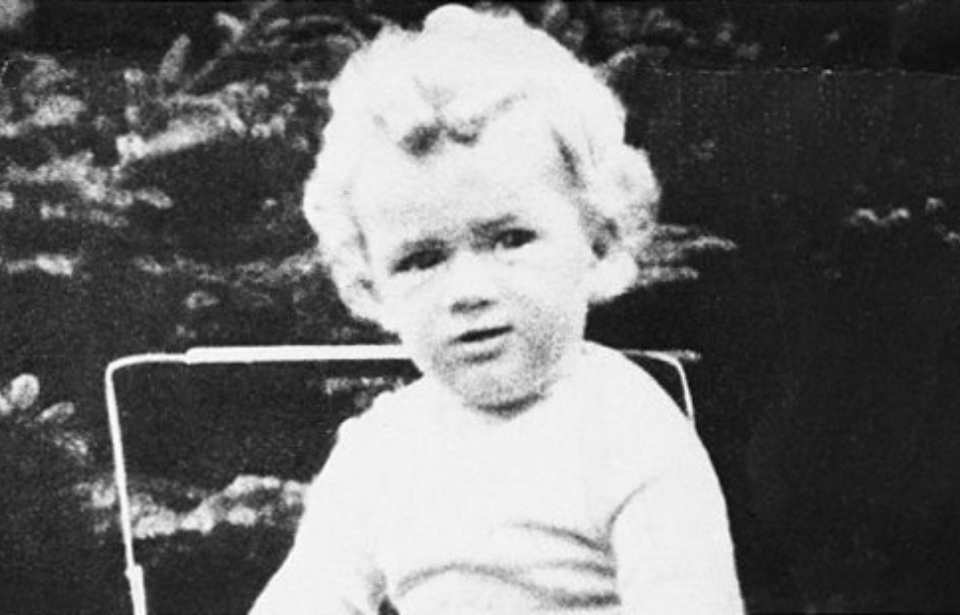The Lindbergh baby kidnapping is a case that has resonated through the annals of American crime history, not only for its shocking nature but also due to the fame of the family involved. In 1932, Charles Lindbergh Jr., the infant son of aviator hero Charles Lindbergh and his wife Anne Morrow Lindbergh, was abducted from their home, catapulting the nation into a frenzy of media coverage and public empathy. This incident was not merely a high-profile abduction but symbolized a moment when the entire country came together, hoping against hope for the safe return of the Lindbergh baby.
Charles Lindbergh was an aviation legend before the tragedy
Before the tragedy that would forever mar his family’s life, Charles Lindbergh was a figure of immense admiration and respect. His daring solo flight from New York to Paris in the Spirit of St. Louis in 1927 was the first of its kind and made him an international sensation. Lindbergh’s achievement had not only won him the Orteig Prize but also the hearts of millions around the world, elevating him to a status akin to that of a modern-day celebrity.
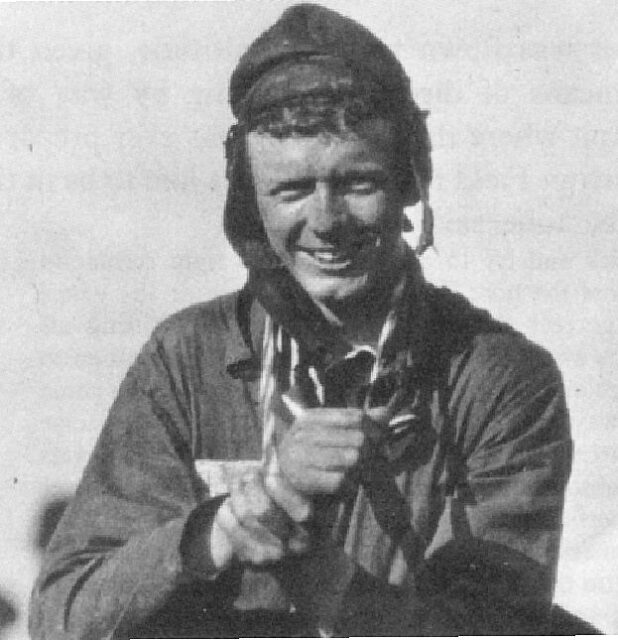
However, Lindbergh’s life was not solely defined by his achievements in aviation. He was also a devoted family man, marrying Anne Morrow, the daughter of a prominent diplomat, in 1929. The birth of their first child, Charles Jr., was celebrated as the arrival of the Lindbergh lineage’s next generation, making the events to follow all the more heart-wrenching.
The night of the disappearance
On the night of March 1, 1932, the Lindbergh household became the victim of a nightmare scenario. The family’s nursemaid discovered Charles Jr. missing from his crib, leading to a frantic search within and around the home. A hastily scrawled ransom note demanding $50,000 was found on the windowsill, marking the beginning of one of the most infamous kidnappings in history. The note’s presence proved that this was a premeditated act, carefully thought out and planned for.
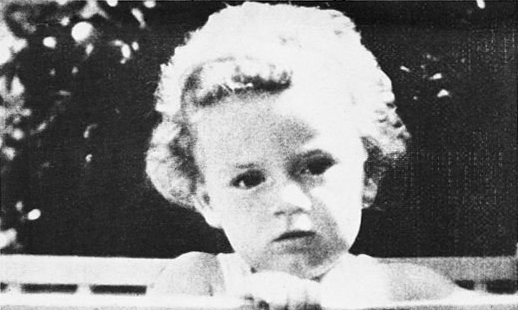
The ensuing investigation revealed a crudely fashioned ladder had been used to reach the child’s second-story bedroom, a testament to the kidnapper’s determination. The Lindbergh estate, situated in a remote area, was thought to offer privacy and security for the family. However, this isolation also made it an ideal target for this kind of event to occur.
The nationwide search for the Lindbergh Baby
The search for the Lindbergh baby became a nationwide endeavor, with law enforcement agencies and volunteers combing through potential leads and sightings. The American public, already deeply invested in the well-being of the Lindbergh family, followed every development with bated breath. Newspapers and radio broadcasts provided constant updates, and the case quickly grew to symbolize a battle between good and evil in the public imagination.
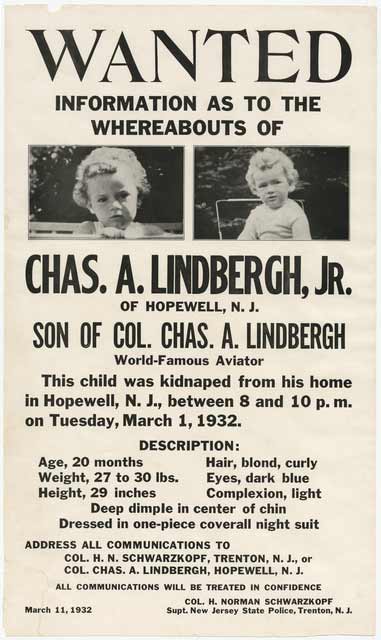
As a result of this intense public interest, various theories and suspects emerged, complicating the investigation. The overwhelming desire to find the Lindbergh baby alive led to numerous false leads and hoaxes, frustrating law enforcement efforts. Despite this, the nation’s involvement also demonstrated the collective empathy and solidarity of the American people, united in their hope for the child’s safe return.
Ransom notes and communication with the kidnappers
In the weeks following the abduction, the Lindbergh family received a series of ransom notes, each with demands and instructions shrouded in mystery. The kidnappers’ communications were a mix of hope and despair for the Lindberghs, offering a possible path to their son’s return while underscoring the peril he was in. The family, desperate to retrieve their son, engaged in a dangerous negotiation, agreeing to the kidnappers’ demands to provide payment in the hope of a breakthrough.
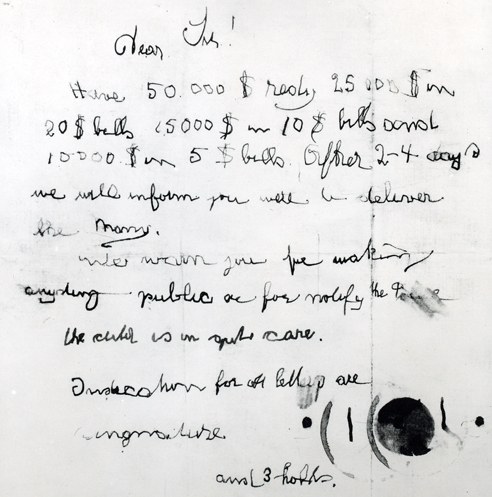
The involvement of a retired school principal, John F. Condon, as an intermediary between the Lindberghs and the kidnappers added another layer to the saga. Condon, known by the pseudonym “Jafsie,” facilitated the payment of the ransom, a risky operation that captured the nation’s attention. Despite paying the requested $50,000, the abduction continued, as the payment was exchanged with another note outlining where their child would be located for pickup. However, the child was unable to be found where the kidnappers indicated, and sadly, when he was discovered, he was not found alive.
The heartbreaking discovery of the Lindbergh Baby
The discovery of the Lindbergh baby’s remains in May 1932, mere miles from the family’s home, brought a tragic end to the ordeal. The child’s identification was confirmed through dental records, and the American public joined his parents in mourning his death.
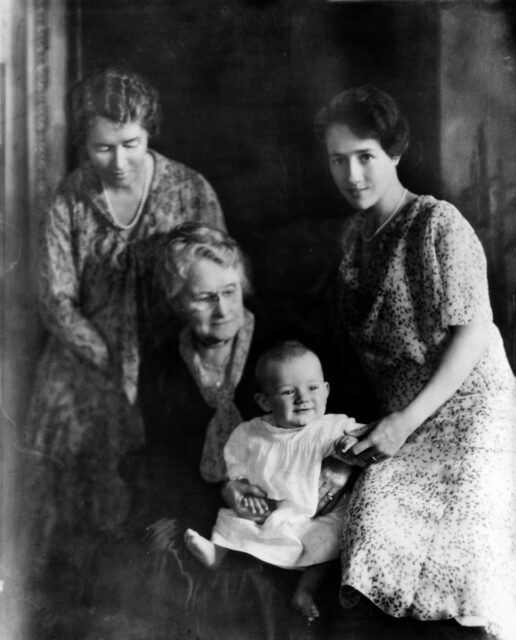
The investigation into the kidnapping and murder then shifted focus towards bringing the perpetrator to justice. The evidence gathered from the crime scene, including the ransom notes and the makeshift ladder, became crucial pieces in solving the puzzle of the Lindbergh baby kidnapping. The nation, while grieving, awaited justice for the crime that had stolen the innocence of America’s most famous family.
The trial of Bruno Hauptmann
Bruno Richard Hauptmann’s arrest in September 1934 marked a turning point in the Lindbergh baby abduction case. Charged with the kidnapping and murder of Charles Lindbergh Jr., Hauptmann’s trial attracted unprecedented media attention, becoming an absolute spectacle fueled by the public’s obsession with the case. The evidence against Hauptmann included ransom money found in his possession and forensic analysis linking him to materials used in the crime.
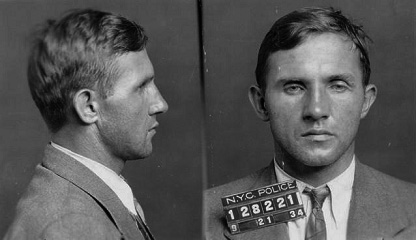
The trial, held in Flemington, New Jersey, was a controversial affair, with Hauptmann maintaining his innocence throughout. The prosecution’s case leaned heavily on the circumstantial evidence connecting Hauptmann to the ransom notes and the makeshift ladder. The defense argued that the evidence was inconclusive and that Hauptmann was a scapegoat for a crime he did not commit. Nonetheless, the jury found Hauptmann guilty, and he was sentenced to death via electric chair, a verdict that closed one chapter of the saga while leaving many questions unanswered. On April 3, 1936, Hauptmann was executed.
How the kidnapping changed America
The Lindbergh baby kidnapping had a profound impact on American society, influencing both legislation and public consciousness. In the wake of the tragedy, Congress passed the Federal Kidnapping Act, also known as the “Lindbergh Law,” which made kidnapping a federal offense if the victim was transported across state lines. This legislation reflected the nation’s resolve to prevent such tragedies from occurring again and to address the limitations in law enforcement’s ability to pursue kidnappers.
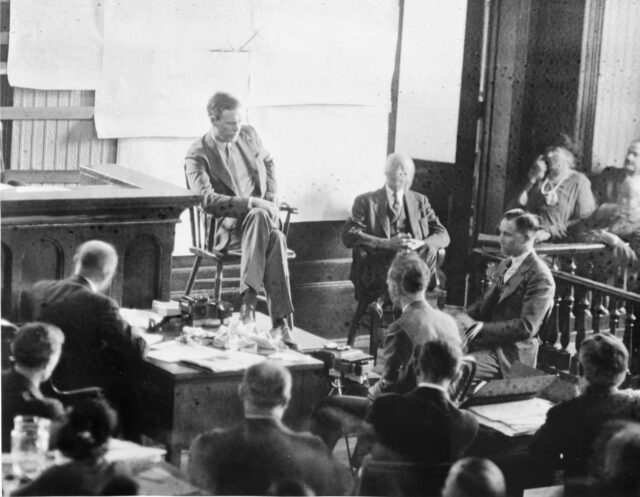
The case also left an indelible mark on the American psyche, altering perceptions of safety and security in the home. The Lindbergh family’s ordeal shattered the illusion of invulnerability among the affluent, demonstrating that tragedy could strike even the most celebrated among us.
Read more: Fats Waller Was Kidnapped to Play Al Capone’s Birthday
The media frenzy surrounding the case set a precedent for the coverage of high-profile crimes, heralding a new era of sensationalism in journalism.
